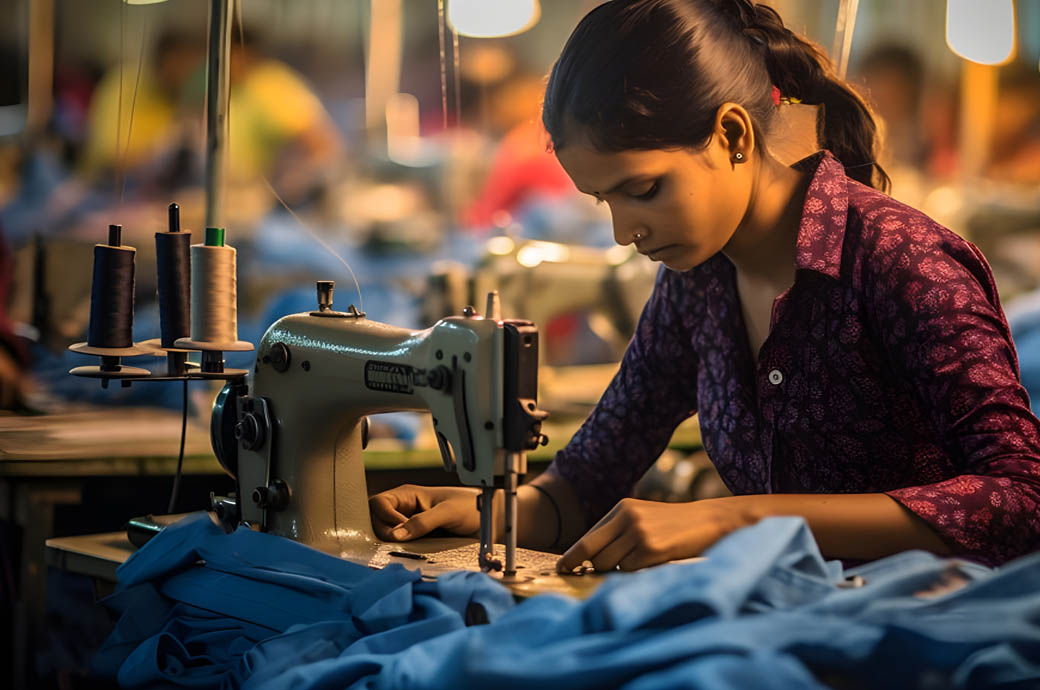
The latest Bangladesh Bureau of Statistics (BBS) Quarterly Labour Force Survey (QLFS) 2023 indicated this trend, concerning experts who view it as a setback to women’s self-reliance.
According to the BBS report, Bangladesh’s female workforce decreased from 24.86 million in 2022 to 24.51 million in 2023.
In the last quarter of 2023, female participation dropped to 24.67 million, down from 25.30 million in the same period in 2022.
Out of the total workable population of over 120.82 million aged 15 years and above, the labour force increased to 73.46 million in 2023. Of this, 70.98 million were employed, with 2.47 million unemployed.
Meanwhile, male workforce increased to 46.47 million in 2023 from 45.61 million in 2022, while female employment dropped to 41.56 per cent from 42.77 per cent in the previous year.
In the last quarter of 2023, female employment decreased by 1.48 percentage points to 41.72 per cent, compared to 43.20 per cent in the same period of 2022.
Conversely, the male labour force rose to 48.11 million in 2023 from 47.27 million in 2022.
Dr. Ahsan H Mansur of the Policy Research Institute (PRI) highlighted the minimal participation of women in industrial jobs outside the readymade garment (RMG) industry even as the shift to high-tech production in RMG has led to a reduction in female employment in this sector.
Mansur emphasised the need to diversify job opportunities for the women, particularly in the industrial sector, to mitigate dependence on RMG.
Fibre2Fashion News Desk (DR)